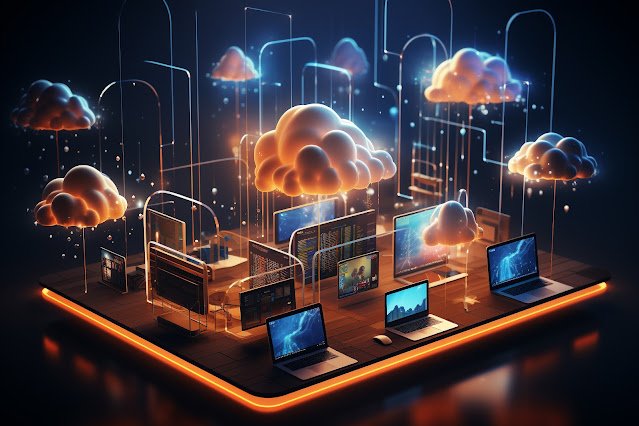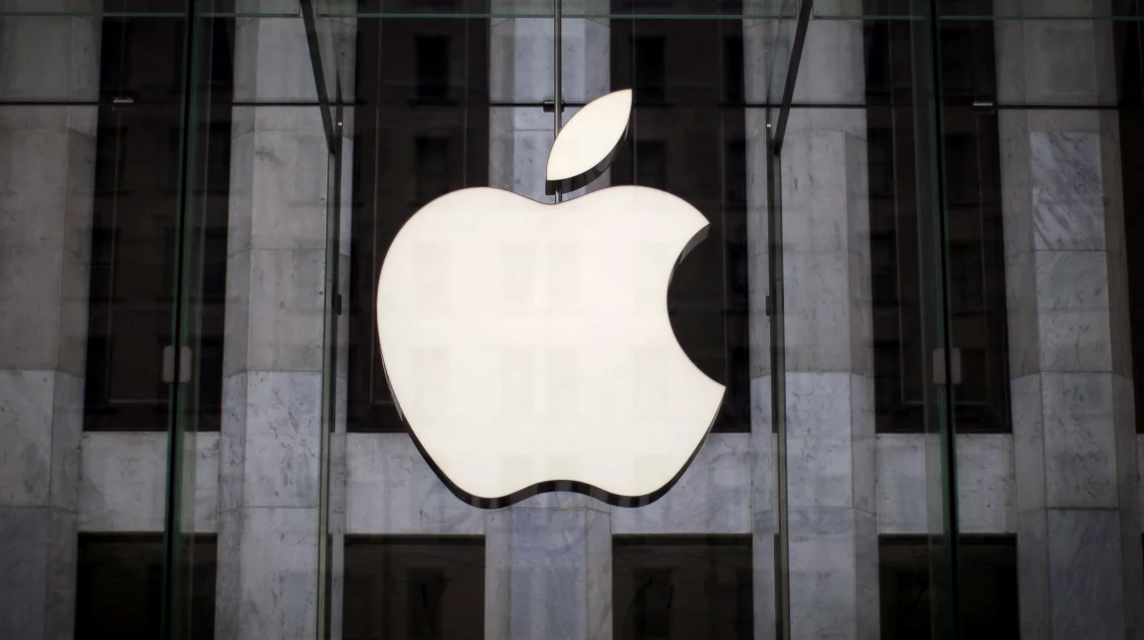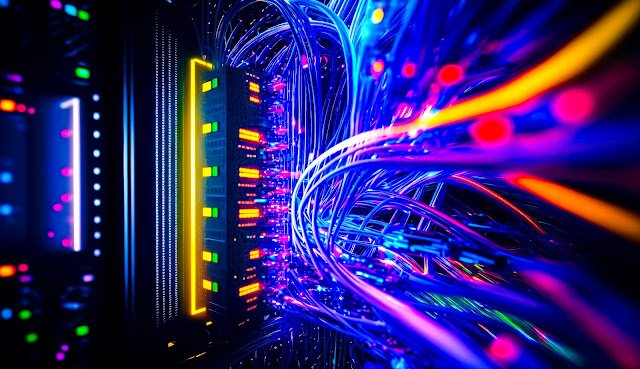Reducing Latency – Revolutionizing Data Processing
Situasi ID – Edge Computing: Revolutionizing Data Processing – In this comprehensive article on Edge Computing: Reducing Latency, discover how this innovative technology is transforming data processing, reducing latency, and ensuring faster and more efficient operations across industries.
Introduction
Edge Computing: Revolutionizing Data Processing – In today’s fast-paced digital landscape, the demand for quicker and more responsive data processing has never been higher. Enter Edge Computing: Reducing Latency, a groundbreaking technology that is changing the way we approach data handling. In this article, we will delve into the world of edge computing, exploring its impact on reducing latency and improving data processing. From its definition to real-world applications, we’ll cover it all to ensure you gain a deep understanding of this transformative concept.
Edge Computing: Reducing Latency – A Game-Changer
Edge Computing: Revolutionizing Data Processing – Edge computing is a paradigm shift in the world of data processing. Unlike traditional cloud computing, which centralizes data in distant data centers, edge computing brings computation closer to the data source. By doing so, it drastically reduces latency, the time it takes for data to travel from source to destination and back.
The Essence of Edge Computing
Edge Computing: Revolutionizing Data Processing – At its core, edge computing leverages decentralized infrastructure, placing computing resources at the “edge” of the network, right where data is generated and consumed. This means that data processing happens in near real-time, leading to faster response times and enhanced user experiences.
Realizing Reduced Latency
Edge Computing: Revolutionizing Data Processing – The primary goal of edge computing is to minimize latency. Whether you’re streaming a video, conducting remote surgery, or monitoring industrial equipment, lower latency is paramount. With edge computing, latency is significantly reduced, making tasks like autonomous driving and telemedicine not just possible but reliable.



